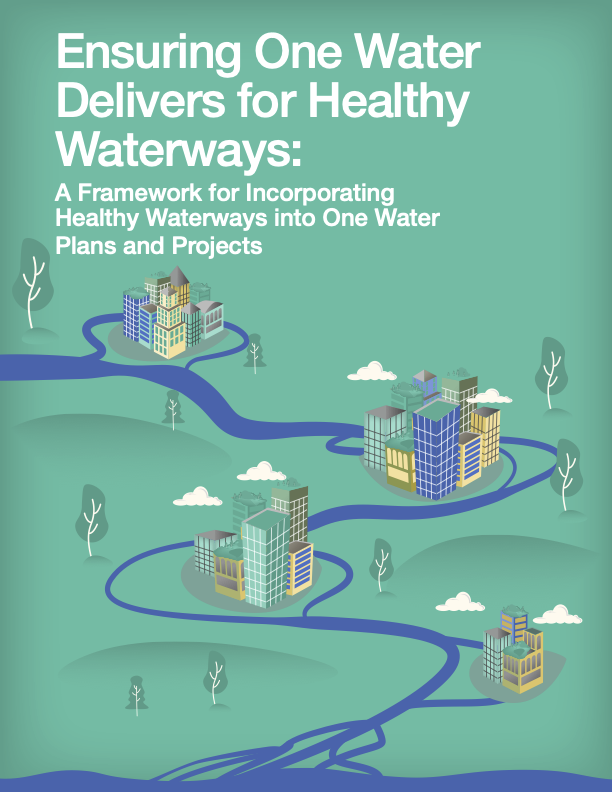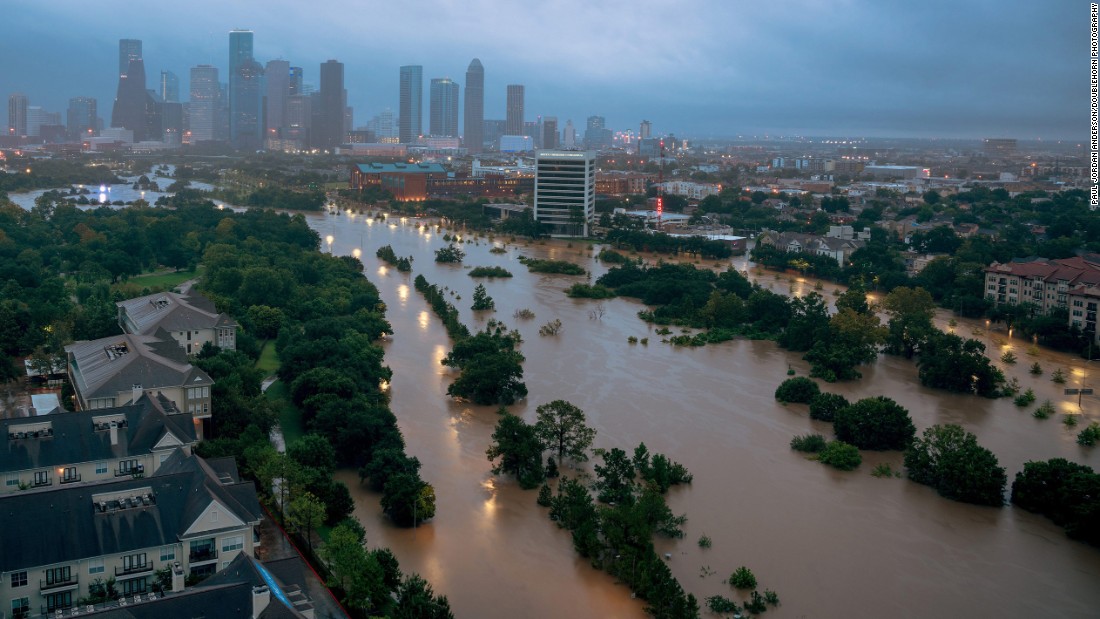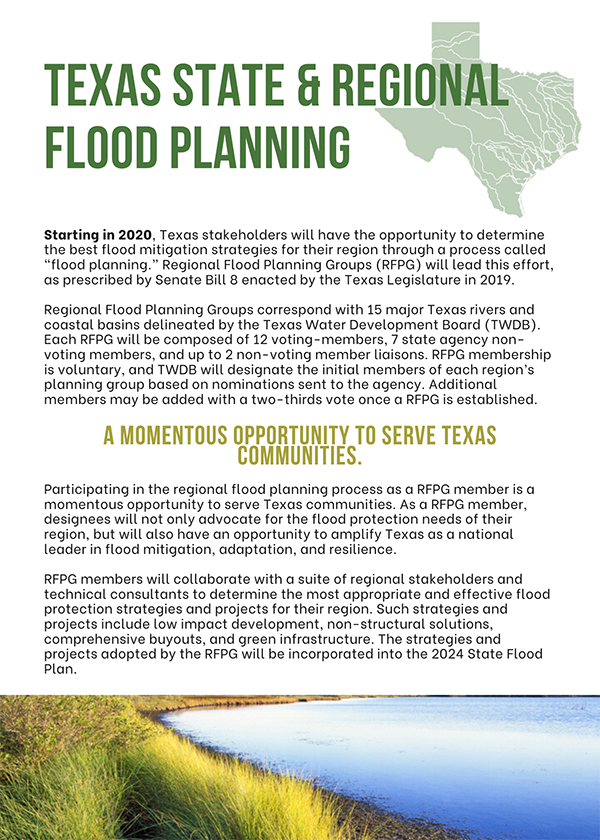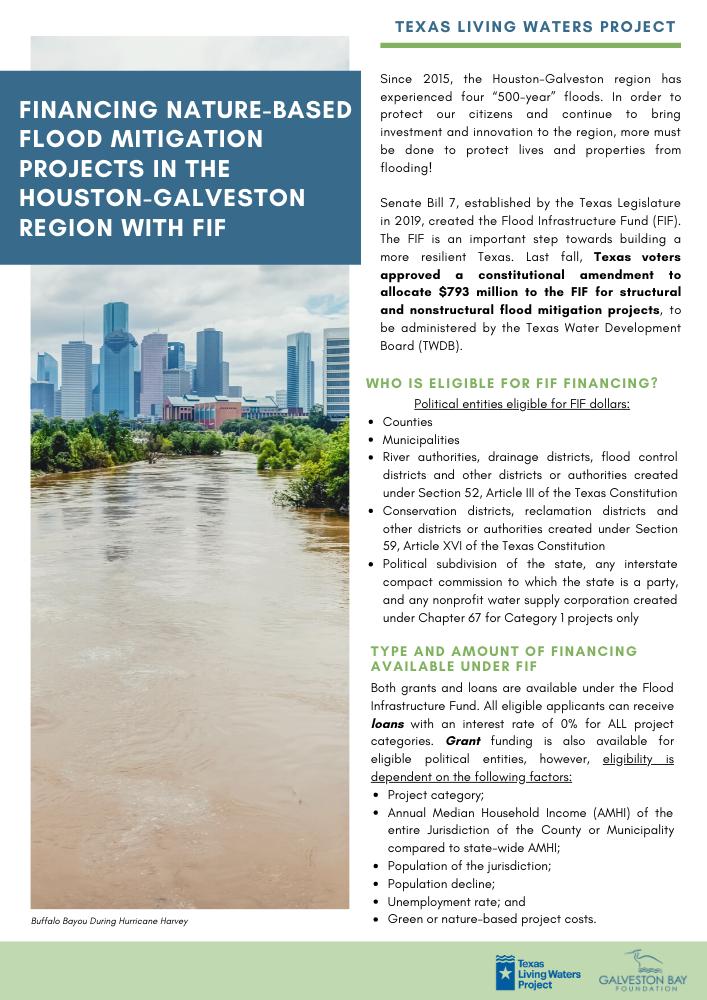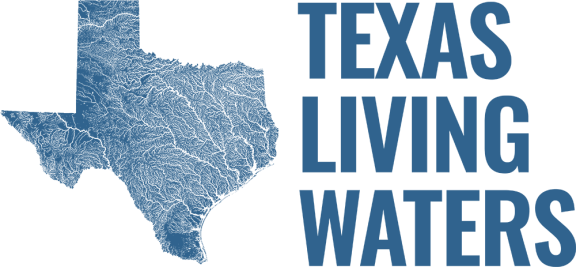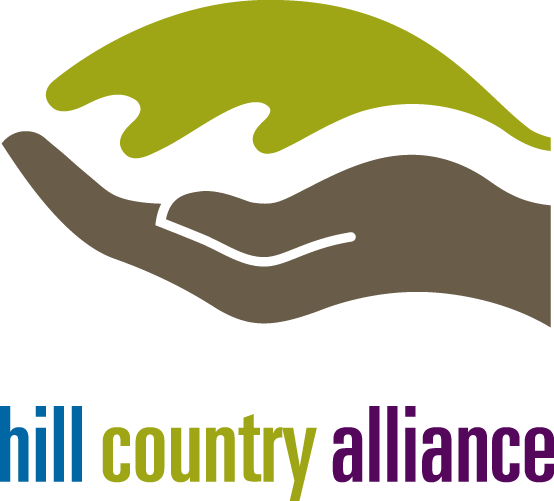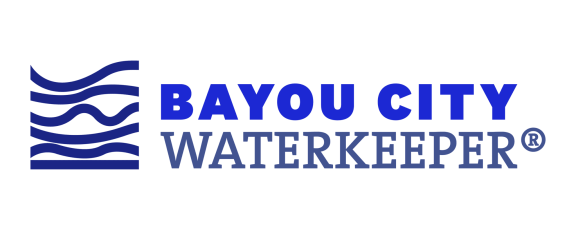DIVE DEEPER
Our Research and Publications
Our Most Recent Work
October 6, 2020
Landscape irrigation is estimated to be the single-largest component of municipal water use in Texas. Municipal water demand, in turn, is the second-largest category of water use in the state, second only to agriculture. Texas communities aiming to use water supplies efficiently, therefore, need to take a hard look at the lawn. For this reason and as part of a greater effort to enable a resilient water future for Texas, the Texas Living Waters Project has performed an analysis of how each water provider in North Texas is approaching outdoor water use. We ask if communities are limiting the number of days per week that customers can water their lawns or simply limiting the number of hours per day automatic irrigation systems can be operated? We then examine both how much water can be saved through outdoor irrigation management and how much water we need to save to meet the region’s future water needs.
August 24, 2020
The One Water approach offers tremendous opportunities for improving how water is managed within communities. Using water efficiently and taking advantage of diverse, locally available water supplies are important goals. It is also important that the approach support communities in assessing how their water use affects the health of waterways, both upstream, where water is sourced, and downstream, where other communities and aquatic resources may be impacted.
This report presents a planning framework to assist communities in implementing the One Water approach in a way that optimizes water supplies to cities and keeps water flowing for the creeks, rivers, and bays that support healthy fish, wildlife, and their habitats.
July 1, 2020
The Texas Living Waters Project is actively engaged in promoting investments in effective and equitable nature-based approaches to Houston-area flood mitigation. As part of this effort, we compiled and synthesized existing flood mitigation recommendations that have been made by Houston-based entities in recent years. While Houston has a full range of options to reduce future risks, we urge decision makers to invest in natural infrastructure and nonstructural flood mitigation measures that support or enable the use of natural systems and their multi-benefits. To that aim, we have identified 5 overarching strategies related to natural infrastructure and flood mitigation as high priorities for Houston:
- Expand green infrastructure and promote resilient building design
- Invest in habitat restoration to defend against flooding
- Develop a strategic and coordinated buyout program
- Prioritize conservation and sound land management
- Deploy public education, awareness, and engagement campaigns
July 15, 2020
Amanda Fuller, Director of the Texas Coast and Water Program at the National Wildlife Federation, discusses the importance of incorporating natural infrastructure into area flood planning efforts. She highlights the multiple benefits of nature-based approaches and emphasized the importance of centering equity concerns in infrastructure planning.
The presentation was originally made to the Houston Galveston Area Council Flood Management Committee on July 15, 2020.
June 23, 2020
The Texas Living Waters Project has released the 2020 Texas Water Conservation Scorecard, an in-depth analysis and ranking of the water conservation efforts of more than 300 water utilities in Texas. Taken in conjunction with the 2016 report, the 2020 Scorecard reveals many utilities are not taking serious actions to advance water conservation.
The Scorecard is an evaluation of utilities level of effort to advance water conservation rather than their performance in achieving conservation with the exception of two scoring criteria: their records on water loss and whether they met targets for reducing per-capita water use. Other scoring criteria evaluate a utility’s compliance with water conservation planning and reporting requirements, outdoor watering limits, and rate-based incentives for efficient use of water.
June 1, 2020
Starting in 2020, Texas stakeholders will have the opportunity to determine the best flood mitigation strategies for their region through a process called “flood planning.” Regional Flood Planning Groups will lead this effort, as prescribed by Senate Bill 8 enacted by the Texas Legislature in 2019.
Participating in the regional flood planning process as a RFPG member is a momentous opportunity to serve Texas communities. As a RFPG member, designees will not only advocate for the flood protection needs of their region, but will also have an opportunity to amplify Texas as a national leader in flood mitigation, adaptation, and resilience.
April 15, 2020
The Hill Country is no stranger to flooding. In 2015, the Memorial Day flood brought devastating rains to the region. As flood events grow stronger and more frequent, it is more important than ever to take advantage of opportunities to protect our citizens and natural heritage from these events.
Senate Bill 7, established by the Texas Legislature in 2019, created the Flood Infrastructure Fund (FIF). The FIF is an important step towards building a more resilient Texas. Last fall, Texas voters approved a constitutional amendment to allocate $793 million to the FIF for structural and nonstructural flood mitigation projects, to be administered by the Texas Water Development Board (TWDB).
April 15, 2020
Since 2015, the Houston-Galveston region has experienced four “500-year” floods. In order to protect our citizens and continue to bring investment and innovation to the region, more must be done to protect lives and properties from flooding!
Senate Bill 7, established by the Texas Legislature in 2019, created the Flood Infrastructure Fund (FIF). The FIF is an important step towards building a more resilient Texas. Last fall, Texas voters approved a constitutional amendment to allocate $793 million to the FIF for structural and nonstructural flood mitigation projects, to be administered by the Texas Water Development Board.
